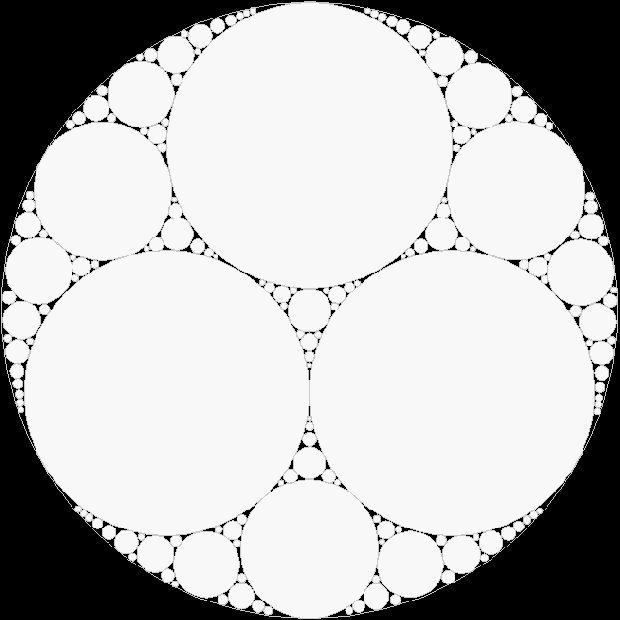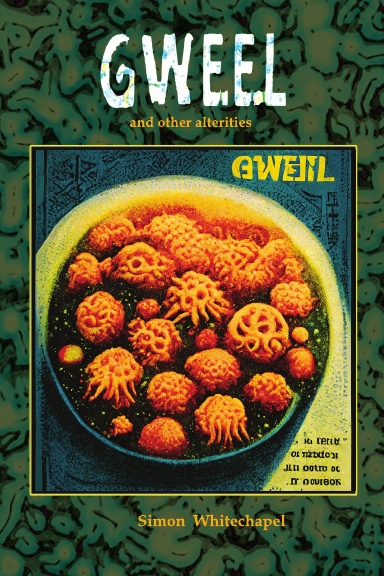
Incomplete map of Earthsea
, creatrix of
Earthsea, is a much better writer than
J.R.R. Tolkien, creator of Middle-earth: much more subtle, skilful and sophisticated. But for me Middle-earth has one big advantage over Earthsea: I can imagine Middle-earth really existing. I can’t say that for Earthsea, an archipelago-world of fishermen, goatherds and wizards. There’s something dead and disconnected about Earthsea. I’m not sure what it is, but it may have something to do with Le Guin’s dedicated political correctness.
For example, despite the northern European climate and culture on Earthsea, a sea-faring world with lots of rain, mist, snow and mountains, most of the people are supposed to have dark skins. The ones that don’t – the white-skinned, blond-haired Kargs – are the bloodthirsty baddies of A Wizard of Earthsea (1968), the first book in the series. Balls to biology, in other words: there’s propaganda to propagate. So it’s not surprising that Le Guin’s father was a famous and respected figure in the mostly disreputable discipline of anthropology. Earthsea is fantasy for Guardian-readers, in short.
But I still like the idea of an archipelago-world: sea and islands, islands and sea. As Le Guin herself says: “We all have archipelagos in our minds.” That’s one of the reasons I like the Ulam spiral: it reminds me of Earthsea. Unlike Earthsea, however, the sea and islands go on for ever. In the Ulam spiral, the islands are the prime numbers and the sea is the composite numbers. It’s based on a counter-clockwise spiral of integers, like this:
145←144←143←142←141←140←139←138←137←136←135←134←133
↓ ↑
146 101←100←099←098←097←096←095←094←093←092←091 132
↓ ↓ ↑ ↑
147 102 065←064←063←062←061←060←059←058←057 090 131
↓ ↓ ↓ ↑ ↑ ↑
148 103 066 037←036←035←034←033←032←031 056 089 130
↓ ↓ ↓ ↓ ↑ ↑ ↑ ↑
149 104 067 038 017←016←015←014←013 030 055 088 129
↓ ↓ ↓ ↓ ↓ ↑ ↑ ↑ ↑ ↑
150 105 068 039 018 005←004←003 012 029 054 087 128
↓ ↓ ↓ ↓ ↓ ↓ ↑ ↑ ↑ ↑ ↑ ↑
151 106 069 040 019 006 001→002 011 028 053 086 127
↓ ↓ ↓ ↓ ↓ ↓ ↑ ↑ ↑ ↑ ↑
152 107 070 041 020 007→008→009→010 027 052 085 126
↓ ↓ ↓ ↓ ↓ ↑ ↑ ↑ ↑
153 108 071 042 021→022→023→024→025→026 051 084 125
↓ ↓ ↓ ↓ ↑ ↑ ↑
154 109 072 043→044→045→046→047→048→049→050 083 124
↓ ↓ ↓ ↑ ↑
155 110 073→074→075→076→077→078→079→080→081→082 123
↓ ↓ ↑
156 111→112→113→114→115→116→117→118→119→120→121→122
↓ ↑
157→158→159→160→161→162→163→164→165→166→167→168→169→170
The spiral is named after Stanislaw Ulam (1909-84), a Polish mathematician who invented it while doodling during a boring meeting. When numbers are represented as pixels and 1 is green, the spiral looks like this – note the unique “knee” formed by 2, 3 (directly above 2) and 11 (to the right of 2):


(If the image above does not animate, please try opening it in a new window.)
Some prime-pixels are isolated, like eyots or aits (small islands) in the number-sea, but some touch corner-to-corner and form larger units, larger islands. There are also prime-diamonds, like islands with lakes on them. The largest island, with 19 primes, may come very near the centre of the spiral:

Island 1 = (5, 7, 17, 19, 23, 37, 41, 43, 47, 67, 71, 73, 79, 103, 107, 109, 113, 149, 151) (i=19) (x=-3, y=3, n=37) (n=1 at x=0, y=0)
Here are some more prime-islands – prIslands or priminsulas – in the Ulam-sea that I find interesting or attractive for one reason or other:

Island 2 = (281, 283, 353, 431, 433, 521, 523, 617, 619, 719, 827, 829, 947) (i=13) (x=6, y=-12, n=619)

Island 3 = (20347, 20921, 21499, 21503, 22091, 22093, 22691, 23293, 23297, 23909, 23911, 24533, 25163, 25801, 26449, 27103, 27767, 28439) (i=18) (x=-39, y=-81, n=26449)

Island 4 = (537347, 540283, 543227, 546179, 549139, 552107, 555083, 558067, 561059, 561061, 564059, 564061, 567067, 570083, 573107, 573109) (i=16) (x=375, y=-315, n=561061)

Island 5 = (1259047, 1263539, 1263541, 1268039, 1272547, 1277063, 1281587, 1286119, 1290659, 1295207, 1299763) (i=11) (x=-561, y=399, n=1259047)

Island 6 = (1341841, 1346479, 1351123, 1355777, 1360439, 1360441, 1365107, 1365109, 1369783, 1369787, 1369789, 1374473, 1379167) (i=13) (x=-585, y=-297, n=1369783)

Island 7 = (2419799, 2419801, 2426027, 2426033, 2432263, 2432267, 2438507, 2438509, 2444759, 2451017, 2457283, 2463557) (i=12) (x=558, y=780, n=2432263)

Island 8 = (3189833, 3196979, 3196981, 3204137, 3204139, 3211301, 3211303, 3218471, 3218473, 3218477, 3225653) (i=11) (x=-894, y=858, n=3196981)





















